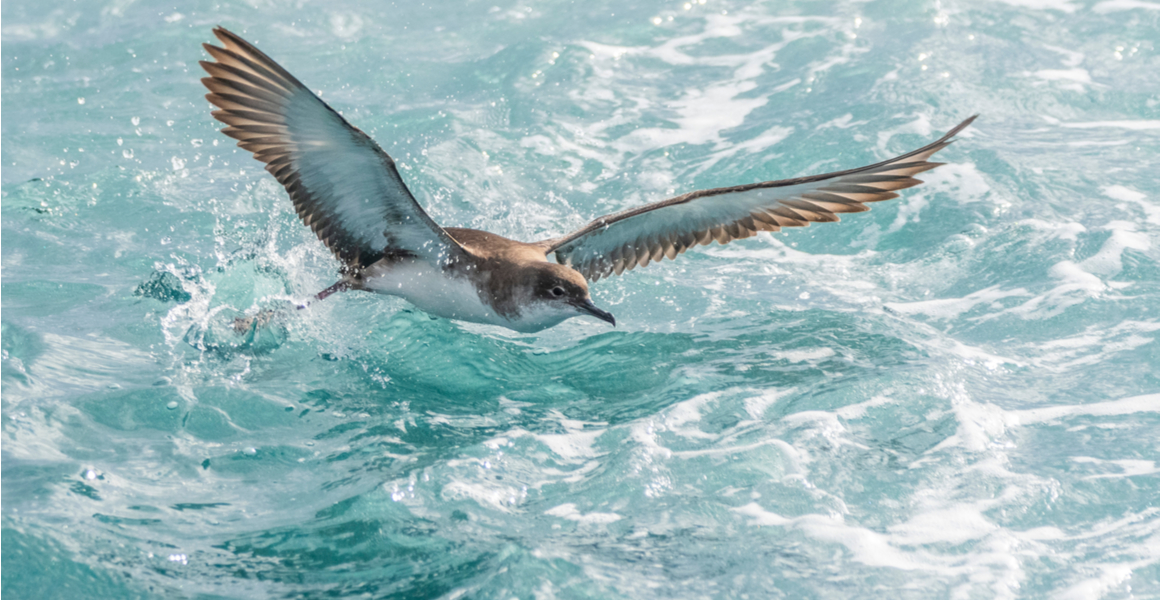JTweedie
Well-known member
Birds teetering on the edge include Balearic Shearwater, Eider and Rook.
Some species have fared better such as Red Kite and Kingfisher.
One of the things I've often wondered regarding birds that are found a lot on agricultural land is whether these species' numbers have been artificially increased beyond naturally occurring numbers as a result of human activity, but now as this habitat that previously supported them becomes degraded, are they returning to pre-agricultural numbers?

 www.nhm.ac.uk
www.nhm.ac.uk
Some species have fared better such as Red Kite and Kingfisher.
One of the things I've often wondered regarding birds that are found a lot on agricultural land is whether these species' numbers have been artificially increased beyond naturally occurring numbers as a result of human activity, but now as this habitat that previously supported them becomes degraded, are they returning to pre-agricultural numbers?

One in five European birds at risk of extinction, report warns
Over 100 species of European birds are on the road to becoming extinct, a new report has warned.





